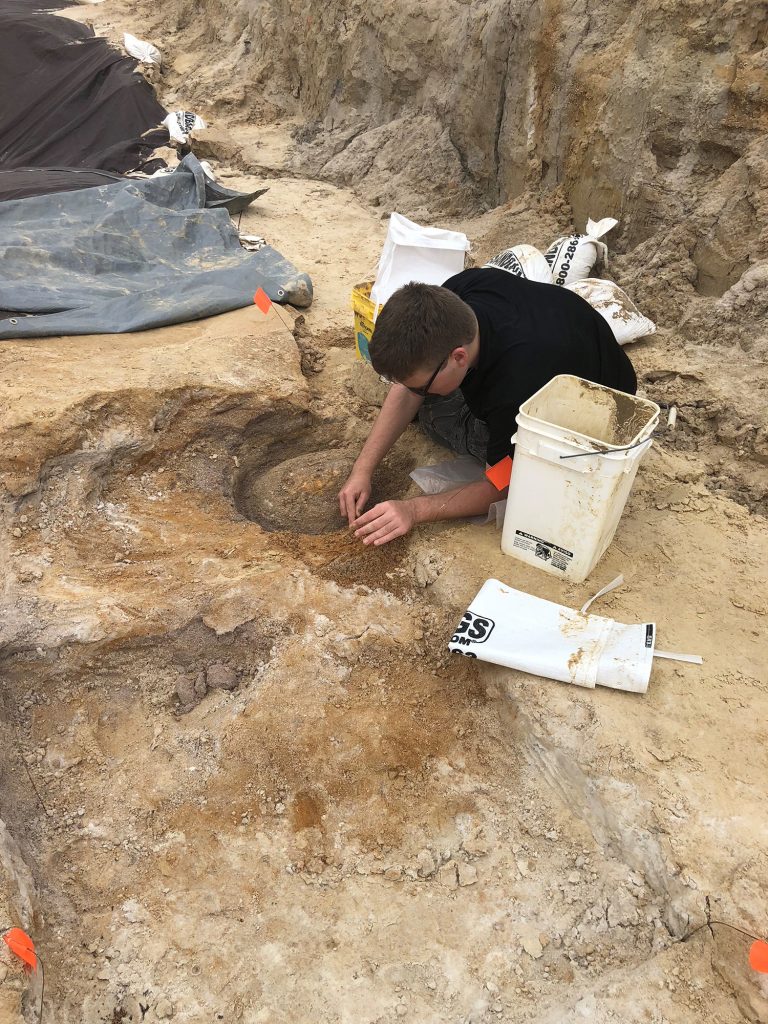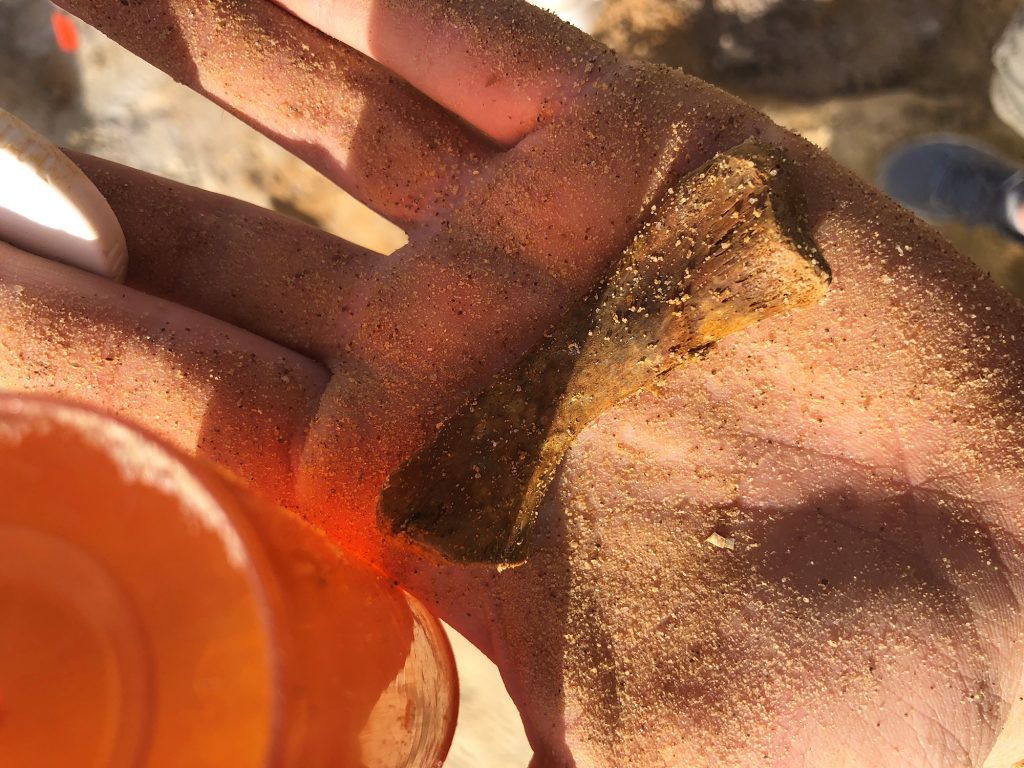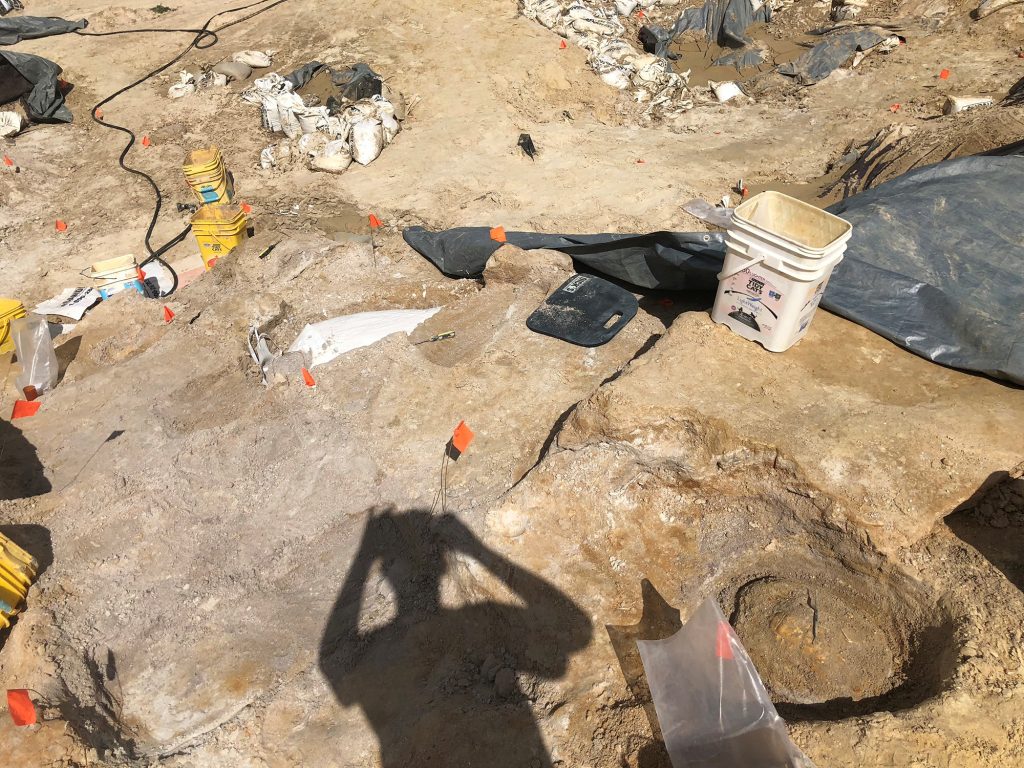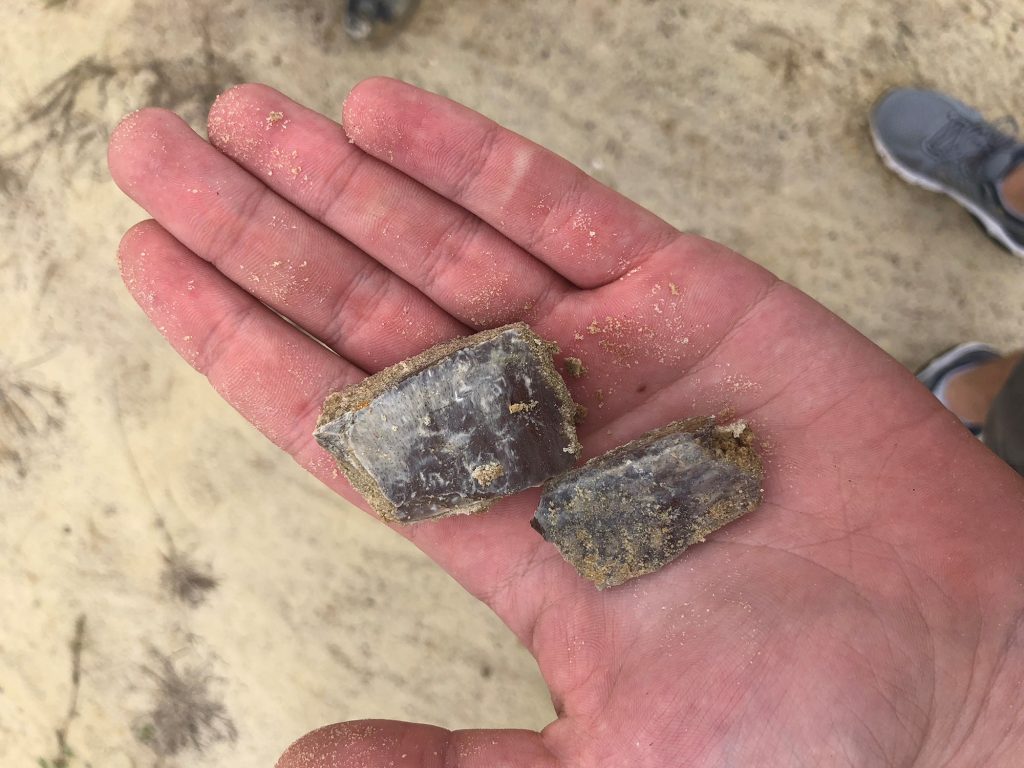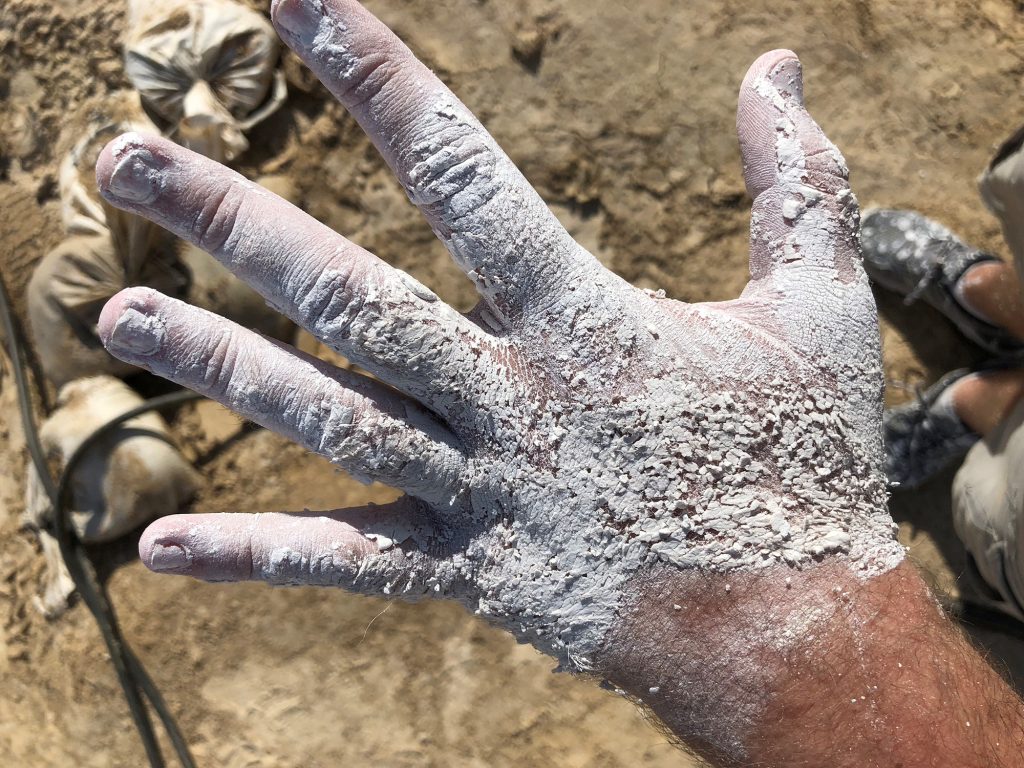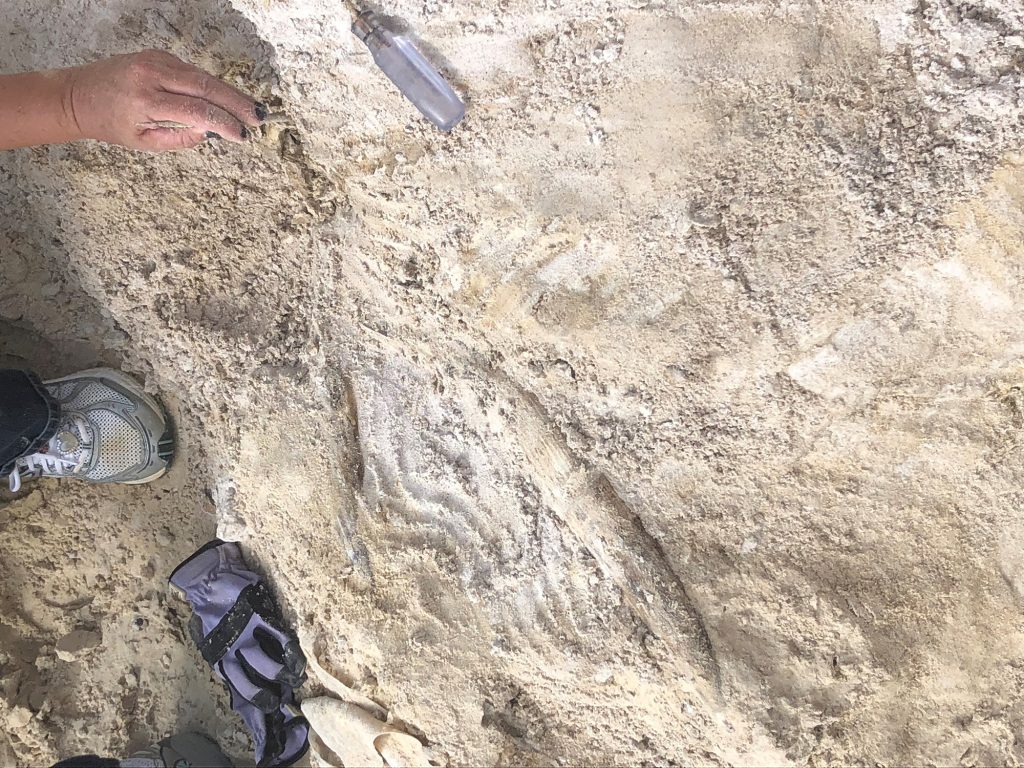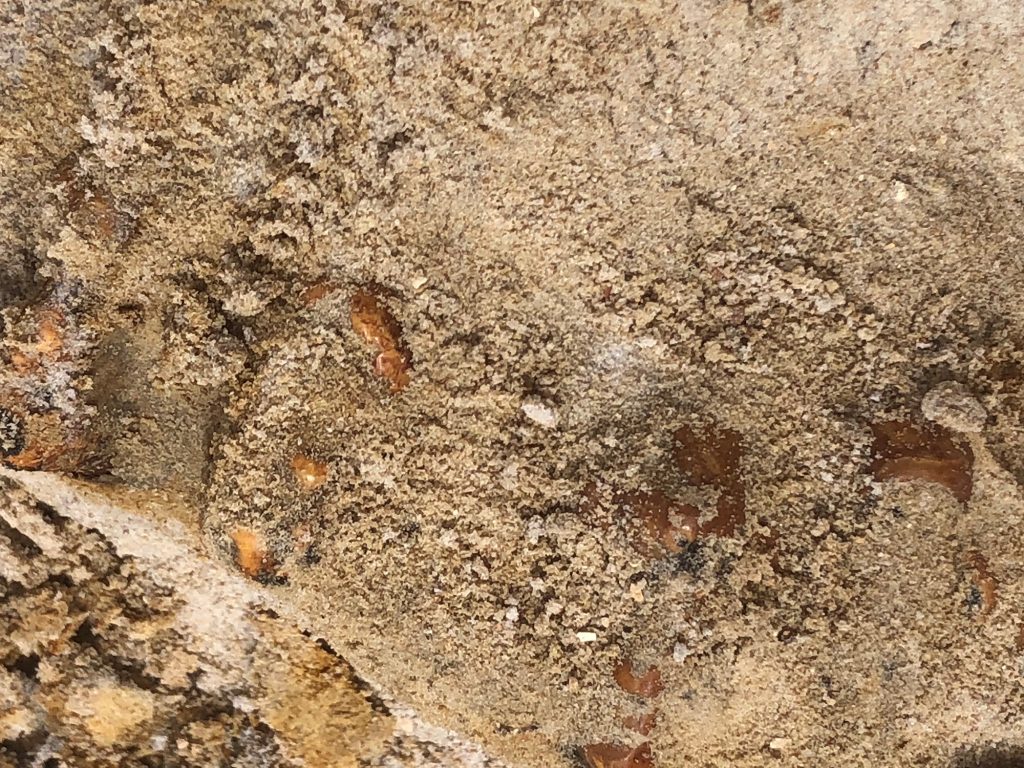Day One: Saturday, February 10th
The Montbrook site is a late Miocene fossil locality that was likely formed thanks to a bend in an ancient river. The current pushed the corpses of the terrestrial and aquatic organisms who died within the river around until a bend lodged them inside the ground and walls of the river. The sediment flowed over them, and they were preserved beautifully until they were discovered by a curious little girl, just over 5 million years later. It is evident that it was a river system due to the sheer diversity of fish, turtle, and even alligator fragments and skeletons that are discovered. While the site is rich with large elephant ancestors known as Gomphotheres, it is nigh impossible to go through a day without finding a fragment of the much more common Trachemys. Or rather on my first day, over 200 fragments.
I hopped out of the van and observed the locality. Even from the high position in the site where I was standing, I could see a jacketed alligator skull as well as at least one turtle shell poking out from the ground. I immediately looked down at my feet, and recognized a glimmering chunk of rock lodged in the sand. Further inspection revealed another, than another. Five minutes in and I had already found evidence of Trachemys, before I had even been assigned a square. Eventually I was assigned a square with a pre-exposed turtle shell. As I dug around it, I quickly found elements of the species that dwelled beside Trachemys, alligator osteoderms, fish spines, even limbs of other turtles. The squares around me yielded similar bounty, a classmate even discovered a rhino toe. The image of a rhino wading through a slow current river, with turtles, alligators, and fish swimming below unbeknownst to it quickly popped into my mind. Eventually my exposed Trachemys was determined to not be worth a jacket, so it came out and was sorted by section, piece by piece.
Day Two: Sunday, February 11th
This is excellent photo series by Jackson to understand the process behind plaster jacketing a large specimen. Click through the images for the story…
— Rachel Narducci
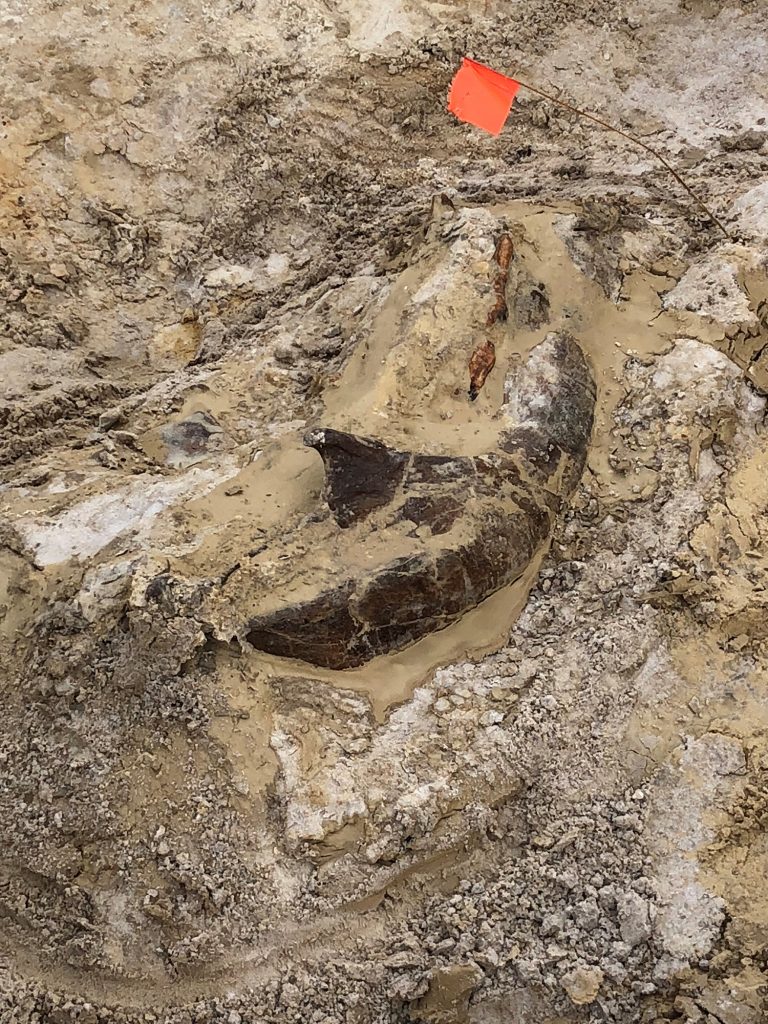
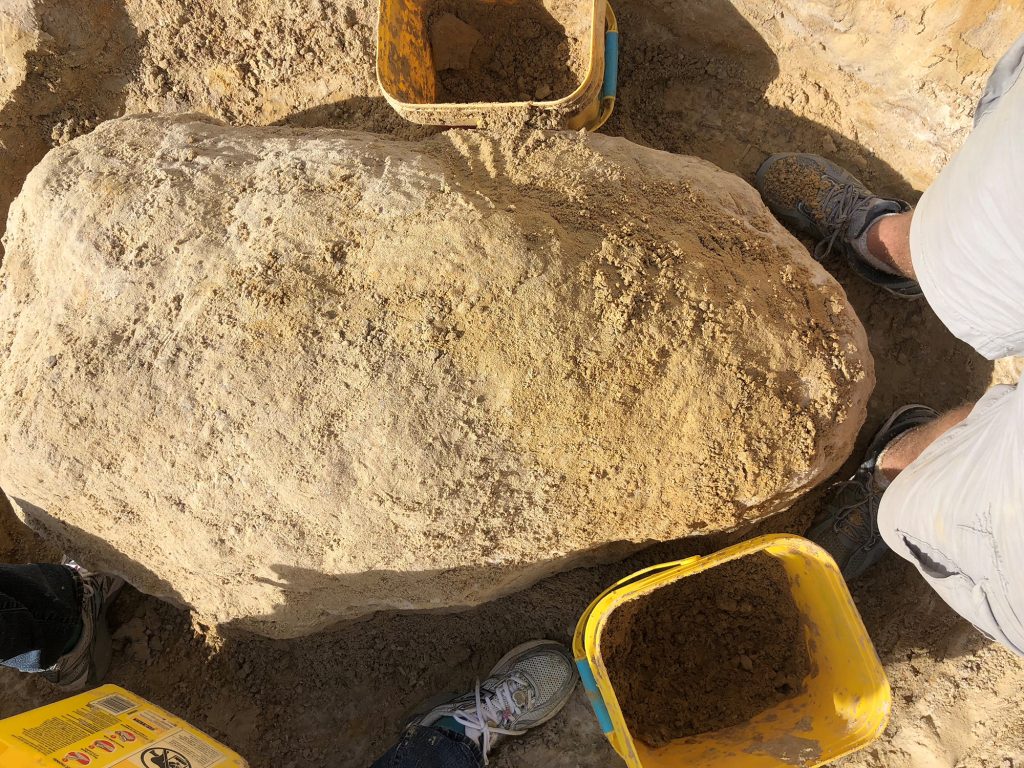
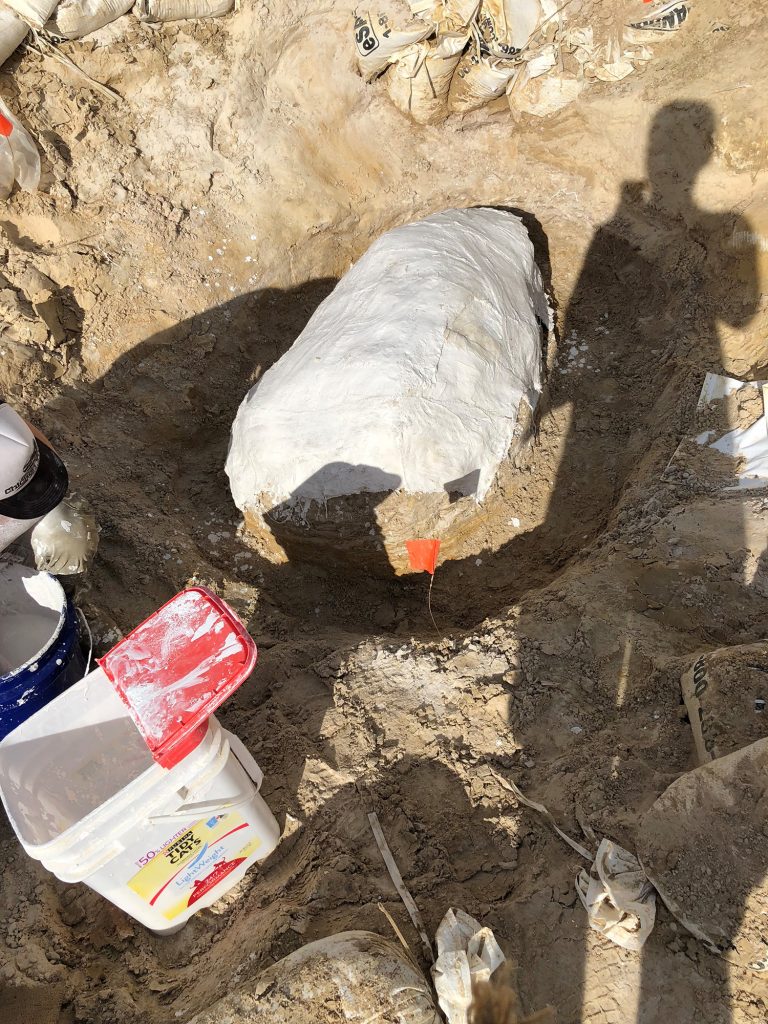
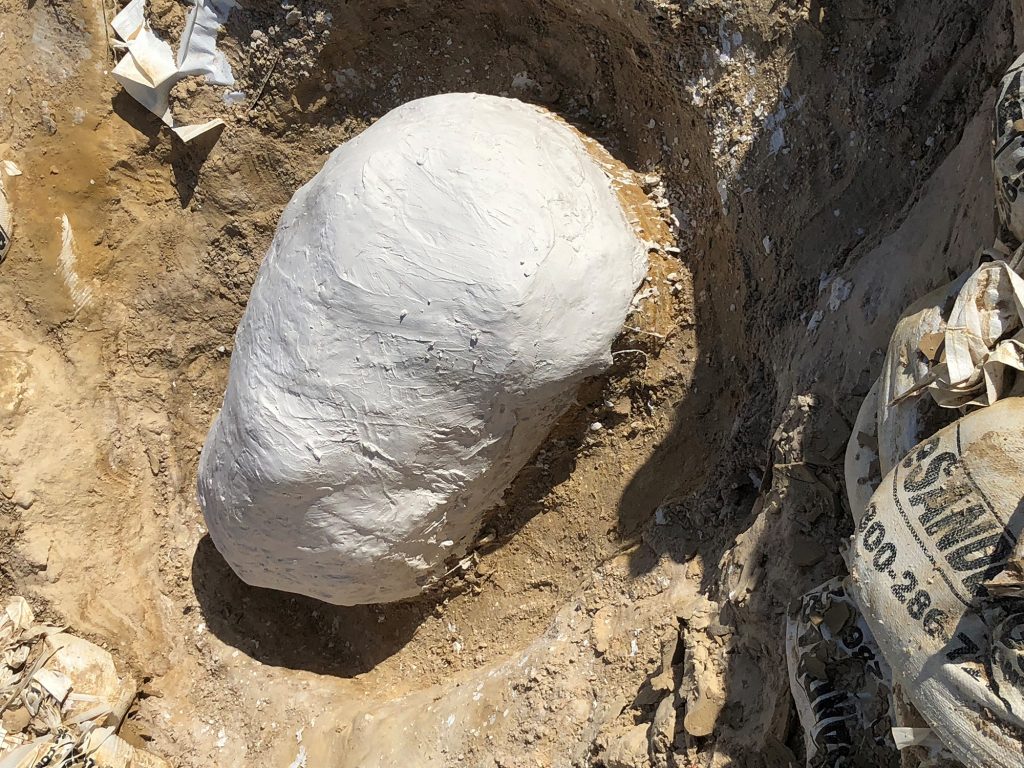
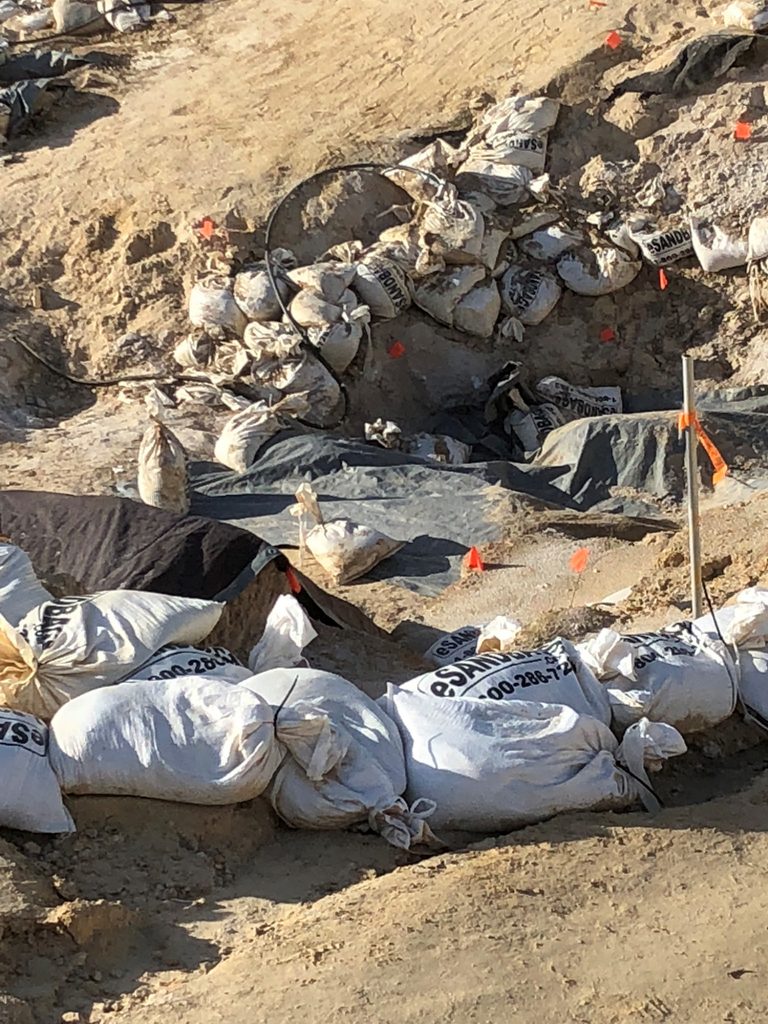
Day Three: Saturday, February 24th
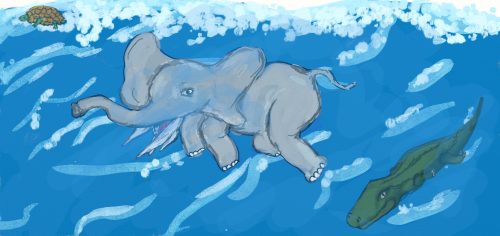
Final Day! Sunday, February 25th
I begun in a square that already had an exposed Trachemys in it, and I ended 6 feet on top of a partially exposed Gomphothere jawbone. I learned a lot from Doctor Bloch and Doctor Hulbert, and learned a lot of techniques and how people approaching from different perspectives. For instance, I learned that certain paleontologists prioritize post-crania as it reveals more about the bio-kinetic evolution. Others prioritize crania specifically as it can reveal more about the distinct species of organism. I also learned about the amount of project management skills that go into running a dig site. Considering I drove with the bus, I saw more of how the days begin and end, and a lot of it is deciding how to best assign manpower and what to prioritize. Larger exposed specimens typically are prioritized over standard digging on squares. But despite this trend, there are areas in the site where we know there are Gomphothere specimens are still exposed under tarps that we rarely approach. I learned that this is because it takes a lot of difficult labor to dig from top down onto specimens lodged in slopes. I’m still curious about how the grid system will be used to interpret the site, especially when the runoff has moved so much of the dirt. There is far more thought that goes into planning and executing the whole operation than most people see, and I hope to learn more about it as I continue to volunteer.My first experience at the Montbrook was both extremely similar and different from my last.
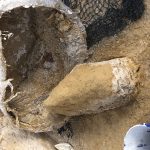
We were so lucky to have the failed jacket split perfectly in half and not damage either side of this gorgeous specimen. It was somewhat sad to see the jacket I’d worked so hard on for several weeks fail. Oh well, some disappointment is part of paleontology, and we will still get both parts of the specimen.
I dug for a solid eight hours over two days to remove dirt off of the tusk and jaw specimens. It was worth it, as now other volunteers will be able to trench and jacket them. It was so exciting finding something bigger than a turtle. I’ll definitely be back to get these specimens out of the ground, and maybe I’ll even get to prep them in the lab!
